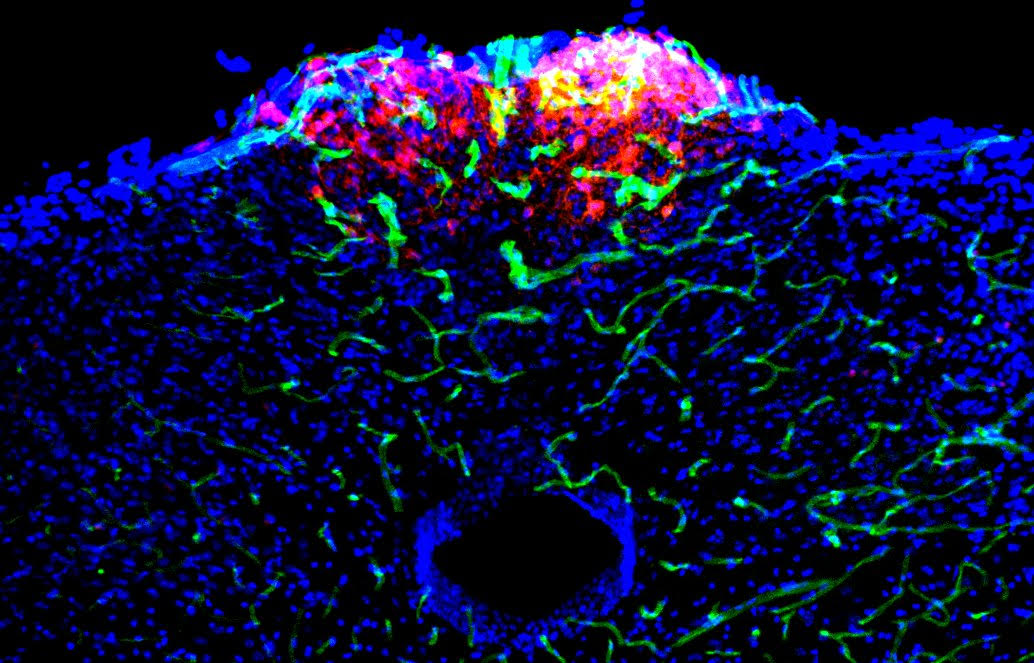The Neuroscience of Nausea
The elusive area postrema
Nausea is a sense of malaise that all of us know. The sensation can be so overpowering that it leads us to wonder how and why this wretched condition happens. Researchers in Stephen Liberles’ lab at Harvard Medical School did more than wonder. They took the time and applied their expertise to study the neurons and circuits in the brain that control nausea, and reported their findings just in time for Thanksgiving. Deep in the brainstem, on the floor of the fourth ventricle lies the area postrema. A wide variety of evidence suggests that this region of the brain must be involved in nausea. Importantly, there is no blood brain barrier between the cells of the area postrema and the circulating plasma, so these cells are perfectly positioned to sample circulating poisons that most neurons would never encounter. However, the area postrema lies in a very specialized part of the brain which is very difficult to access experimentally.
GLP-1R signaling mediates nausea
Armed with powerful molecular and genetic tools, Chuchu Zhang and her colleagues, Judith Kaye, Zerong Cai, Yandan Wang and Sara Prescott rose to the challenge to figure out how this tiny area of the brainstem detects and generates nausea that can overwhelm both mice and men. First, single cell sequencing enabled this team to create an atlas of the different cell types. Then, specific genetic tools and assays in mouse models were used to interrogate the role of each cell type in the area postrema. They identified the specific neurons in the area postrema that express the notorious Glucagon-like Peptide-1 receptor (GLP-1R). In a series of ingenious experiments, the Liberles Lab team discovered that these excitatory neurons in the area postrema expressing GLP-1R are responsible for aversion to poisons. To understand the cell signaling mechanisms behind this discovery, Montana Molecular’s bright green fluorescent cADDis sensor was added to live neurons to monitor cAMP responses from agonists GLP-1R.
GLP-1R neurons (red) in the area postrema signal in response to toxins in blood vessels Image: Chuchu Zhang, Stephen Liberles
Implications for drug discovery
This landmark study opens new avenues of research and could lead to new drugs that avoid nausea, a common side effect of drugs that target GLP-1R. The power of the area postrema, once considered to be an obscure, small bump in the floor of the fourth ventricle, is now apparent. With genetically encoded tools and powerful genetic approaches, a framework for understanding the neural circuitry, and the unwelcome sensations it engenders, is finally digestible.
Zhang, Chuchu, Judith A. Kaye, Zerong Cai, Yandan Wang, Sara L. Prescott, and Stephen D. Liberles. 2020. “Area Postrema Cell Types That Mediate Nausea-Associated Behaviors.” Neuron, November. https://doi.org/10.1016/j.neuron.2020.11.010.
Stephen Liberles https://cellbio.med.harvard.edu/people/faculty/liberles




